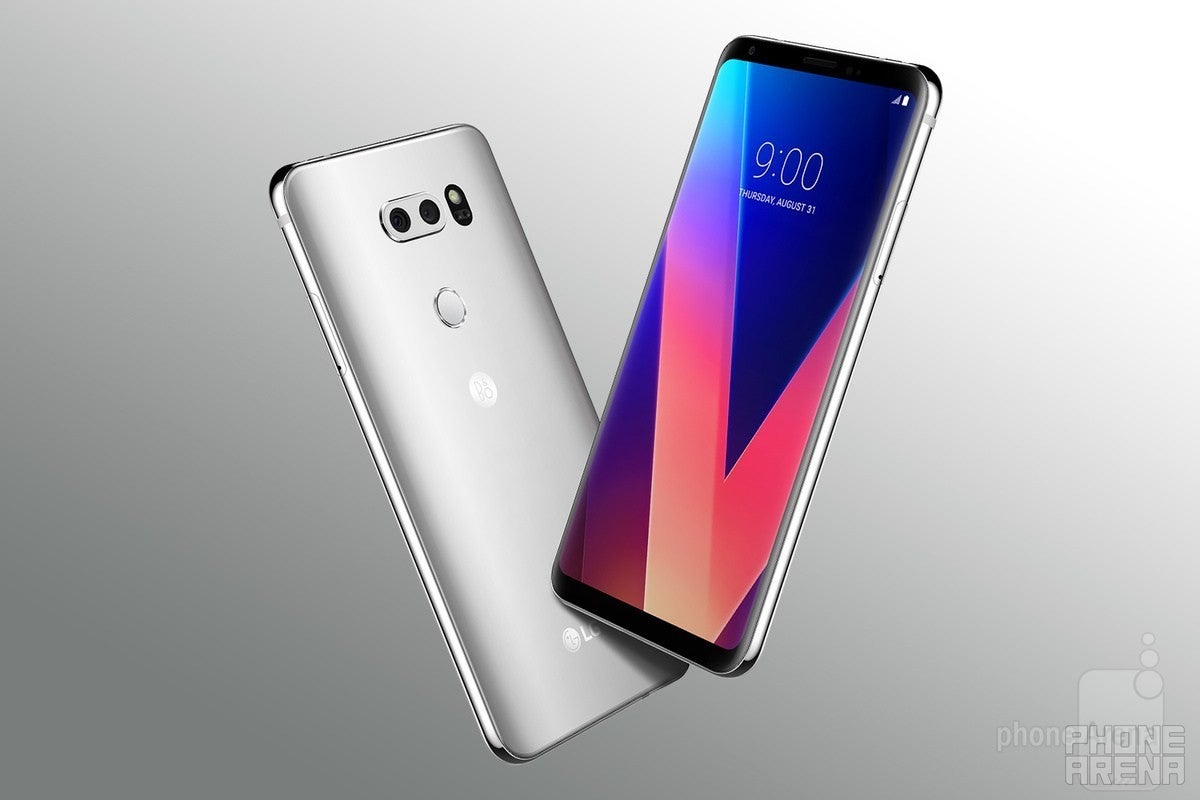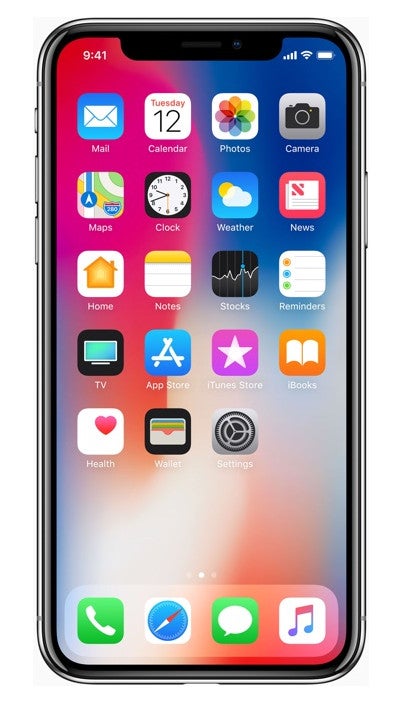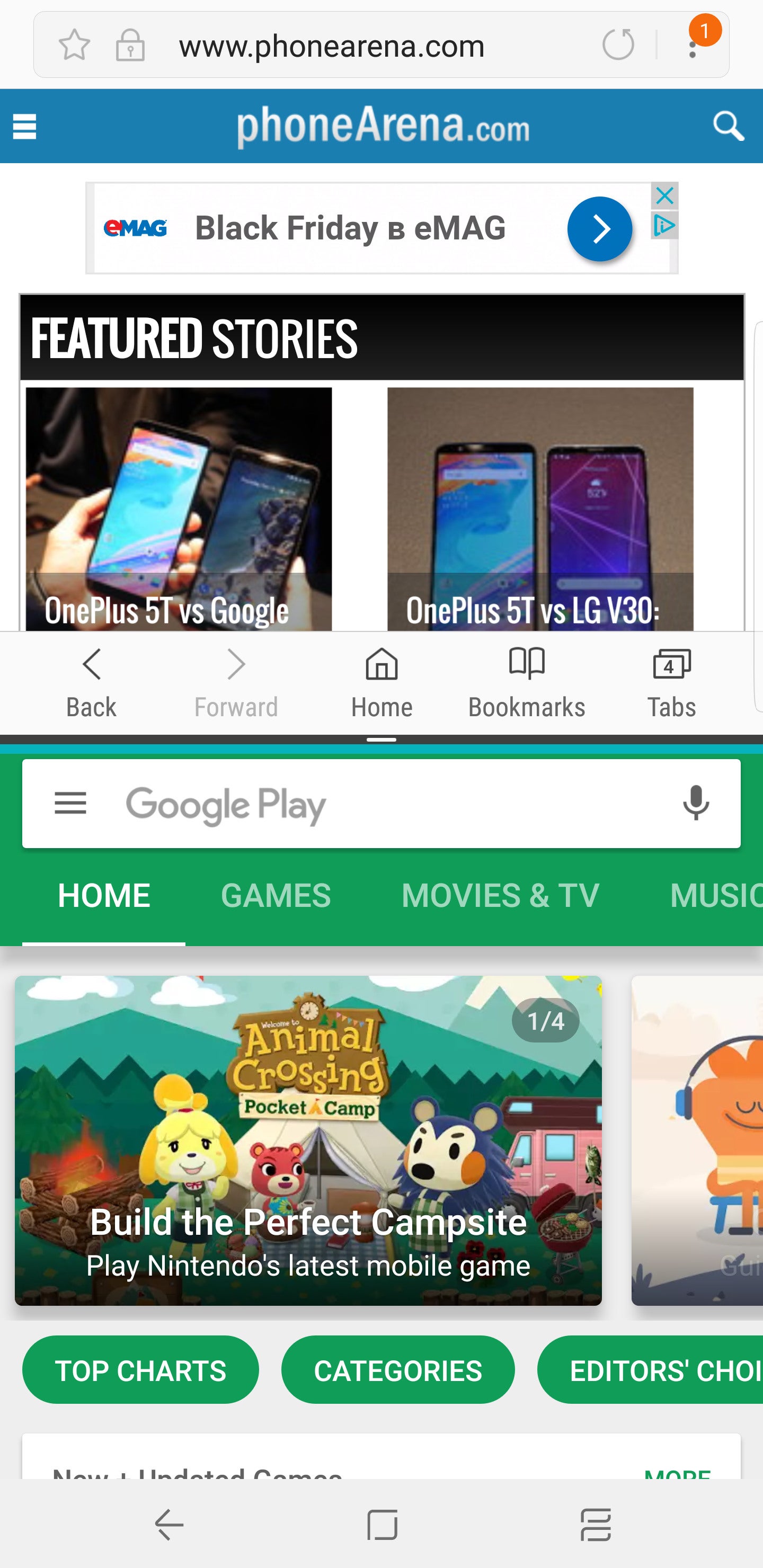Are there actual benefits to the 18:9 aspect ratio on the iPhone X and Note 8?

LG V30 is one of many recent flagships to come with a 2 to 1 screen aspect ratio.
Ever since the iPhone debuted in 2007, signaling the proverbial Big Bang of the smartphone sector, we've seen a lot of different trends come and go. Instead of seeing devices becoming smaller and smaller, they started getting bigger and bigger to accommodate larger displays in what was increasingly becoming a pocket-sized personal computer. Ten years after the first-generation iPhone, Apple launches the iPhone X, an impressive device as well as Apple's first foray into a new trend for smartphones: the 18:9 aspect ratio.
Whether you're a so-called "Apple fanboy" or an Android loyalist, if you're using a 2017 flagship there's a pretty decent chance the smartphone that's currently in your hand features this elongated display orientation. Although there have been OEMs to dabble with unconventional aspect ratios, this wasn't a mainstream feature until the LG G6 and Samsung's Galaxy S8/S8 Plus, released in March and April 2017, respectively. Since then, we've seen numerous other flagship devices launch with extra-tall displays, including the Samsung Galaxy Note 8, Google's Pixel 2 and Pixel 2 XL, the iPhone X, and even OnePlus' mid-cycle refresh, the OnePlus 5T, is now sporting the 18:9 aspect ratio.
As the number of flagships with the 18:9 aspect ratio continues to grow, consumers must ask themselves an important question: Are there any actual benefits to having an 18:9 display?
Usability
In terms of usability, the width of a display is particularly important.
Before the mainstream introduction of 18:9 to smartphones, the trend was to make displays bigger. At the time, virtually all smartphones had a 16:9 aspect ratio.The measurement of a smartphone's display represents its size when measured diagonally from corner to corner. But if you were to measure the actual dimensions of a smartphone with a 5.5-inch display and standard 16:9 aspect ratio, the display would actually be about 4.79 inches tall and 2.69 inches wide (assuming we are rounding to the nearest hundredth). However, in terms of usability, the width of a display is particularly important in that it can have the most immediate effect. For instance, a device's width will determine whether it requires just one hand to use comfortably or whether you'll need to use both hands. Obviously, if a smartphone has a large display, the actual body of the device will have to be wider to accommodate that display, which can make the phone unwieldy for individuals with smaller hands. With most users wanting bigger and bigger displays even though larger displays are harder to use, how do we address this conundrum? The answer is by changing the aspect ratio.

The iPhone X is Apple's first handset with an extra-tall display.
As you've probably noticed, the devices with 18:9 aspect ratios tend to also be "bezel-less" with the displays reaching all the wide to the sides and coming much closer to the top and bottom. With an 18:9 orientation taking a little off the sides while extending the display toward the top and bottom, you're able to essentially incorporate a larger display with minimal to no gains in terms of overall footprint. In some cases, we're seeing this aspect ratio make larger displays than we've ever had on flagship devices possible, which is the case with the Samsung Galaxy Note 8 and its 6.3-inch QHD display. Then there are cases where the elongated aspect ratio allows for a bit more screen real estate on a more compact device as with the iPhone X.
The takeaway from this is that the 18:9 aspect ratio has been introduced largely for practical purposes. But aside from usability, there may be some other benefits, too.
Multitasking

Dual window functionality greatly benefits from taller displays.
The drawback to split-screen multitasking is that you're essentially take a single full-screen app and trading it for two half-screen apps. In other words, you're seeing far less of each app, which is the trade-off if you want to use them both at the same time. This can be even more difficult if you happen to be typing as the on-screen keyboard will likewise require some screen space. While the 18:9 aspect ratio certainly doesn't remedy this issue altogether, increasing the height of the display can only help. Anyone who uses split-screen multitasking on Android would likely enjoy the feature even more on a smartphone with an 18:9 display.
Productivity
Although the two concepts are certainly related, productivity has some key differences from just multitasking. While the latter represents a way to achieve the former, productivity is a broader term that can apply to many different functions. For instance, you might find multitasking to be the ultimate form of mobile productivity, but some who does a lot of digital art might find multitasking to be less crucial to his or her productivity.
It goes without saying that having a larger display is better for productivity. For example, many laptop users have monitors that they plug into their laptops because it provides them with a much larger playground for things like graphic design, video editing, writing and research, and even just browsing the web or streaming video content. Similarly, having a larger display on a smartphone opens up the potential to be more productive.
A prime example is the digital artist I mentioned just above. While something like an iPad or Android tablet would certainly be a better choice for an artist, you lose some portability with such a dramatic increase in size. By comparison, the 18:9 aspect ratio can provide a digital artist with a slightly larger portable canvas.
Alternately, writers would surely appreciate the elongated form factor as it allows them to see more text on the screen at once. For people in a variety of industries, the 18:9 aspect ratio simply provides a more sizable workspace without sacrificing portability or usability.
Content consumption
Last but certainly not least, being able to squeeze a larger display onto our smartphones means that we get an even better experience when it comes to content consumption on the go. Of course, part of this is the cumulate effect of the 18:9 aspect ratio with edge-to-edge and nearly bezel-less displays, which offer a much more immersive viewing experience. On the other hand, the actual apparatus with which we view content on our smartphones is the display, but how does the 18:9 orientation factor in?
If you're currently using a device with an 18:9 display, you'll probably have noticed that most streaming video features some letter-boxing on the sides. When you hold the device in landscape orientation, the video playing on the device doesn't actually reach all the way to the sides. Instead, there's a black space between the edge of the on-screen video and the actual edge of the display; this is known as letter-boxing.
In short, letter-boxing occurs when the aspect ratio of the content you're watching doesn't match the aspect ratio of the device on which you're watching the content. So, rather than zooming into the content or arbitrarily cropping the sides, the video plays in the middle of the display and the rest of the display becomes black.
The fact that popular devices have 18:9 displays means that compatible content is undoubtedly coming.
The fact that bigger displays are better for content consumption is almost negated by the fact that there's really not much 18:9 content, meaning that much of your streaming video isn't even going to take advantage of all your device's display real estate. On the plus side, the fact that there are quite a few popular devices and even an iPhone with 18:9 displays available means that compatible content is undoubtedly coming, but there's no question that this limits the value of 18:9 for content consumption at the moment.It's worth mentioning, though, that there are usually some tricks that will allow you to zoom or crop the content so that it will use the entire display area. On devices like the Samsung Galaxy S8 and the iPhone X, double-tapping or pinching-to-zoom while the content is playing may help to stretch the video across the entire display with very minimal loss of quality or warping. Depending on whether you're someone who values the mobile content consumption experience above all else, this may or may not suffice until there's more content available that's compatible with 18:9.
Now I'd like to hear from you. Are you using a device with an 18:9 display? If not, do you consider the 18:9 aspect ratio to be a strong sales feature? If you are using the Galaxy S8,LG V30, iPhone X, or one of the other flagships with an elongated display, do you consider the experience to be better than the previous standard? Let us know in the comment section below.

Follow us on Google News











Things that are NOT allowed:
To help keep our community safe and free from spam, we apply temporary limits to newly created accounts: